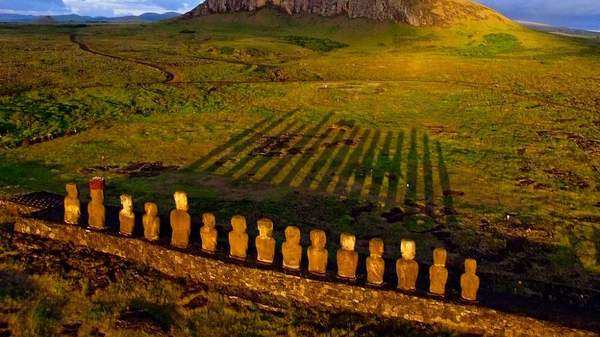Overview
Here’s one for Mary Poppins. Kite Aerial Photography (also known as KAP) has come a long way since 1888 when a French photographer by the name of Arthur Batut got it into his head to attach his camera to a kite and send it flying. His photo of Labruguière in France, published in an 1890 book, became famous. In 1906, George Lawrence hit headlines when he snapped a photo of San Francisco just after an earthquake had destroyed a significant section of the city.
The likes of what you see here would have been unimaginable. Tahiti-based hotelier Pierre Lesage only partakes in Kite Aerial Photography as a hobbyist, but he's pretty damn good at it. So how do you stop a camera from wobbling when it’s suspended in the air, bound to an object that’s at the mercy of the wind? The camera rig is suspended at a position close to the kite, which lessens the influence of the kite’s movement on the camera. It is important that the line joining the two doesn’t come into the camera’s view. Fortunately, the high shutter speeds enabled by modern technology help to reduce the likelihood of blur.
Parafoils are the most commonly used kite model, but Helikites are especially effective in inclement weather. Various methods exist for actually taking the shot: remote control and infrared signals are two of them. It’s also possible to program the camera to take pictures at set intervals. Those who are keen but not so technically-minded might be interested in purchasing a Kite Aerial Photography kit.
Stone Fishing, Maupiti
Iguazu Falls, on the border of Brazil and Paraguay
Patterns in the sand, made with a rake, Guernsey
A surfer in the Atlantic, Senegal
Maze, New Zealand
Images: Pierre Lesage
[Via Kuriositas]
